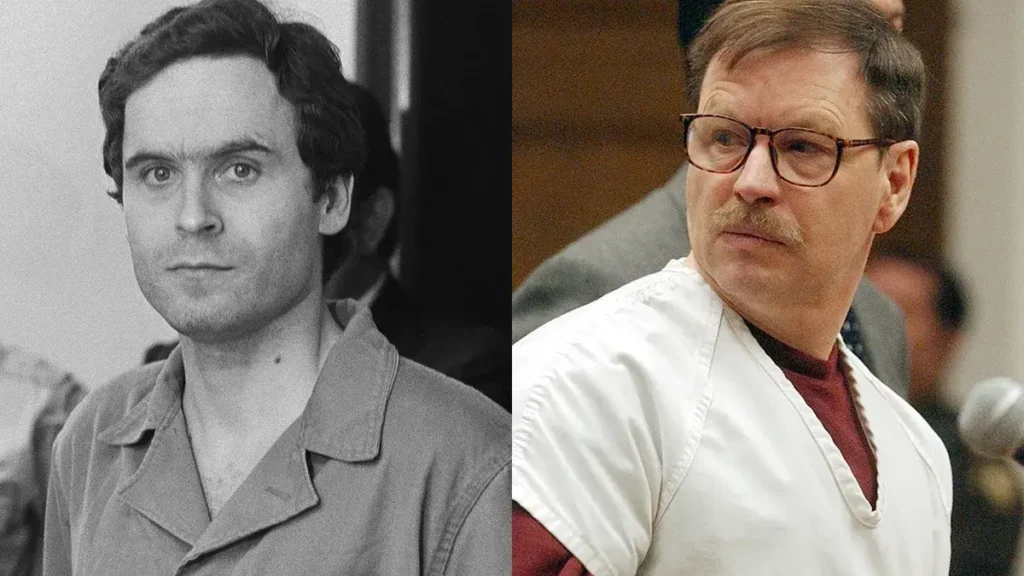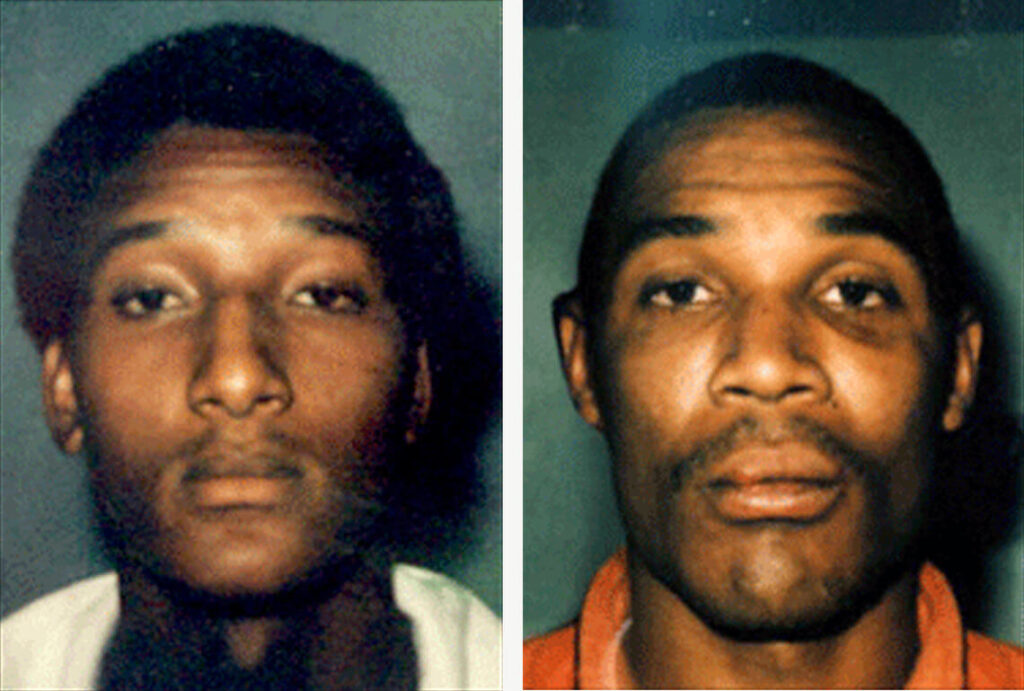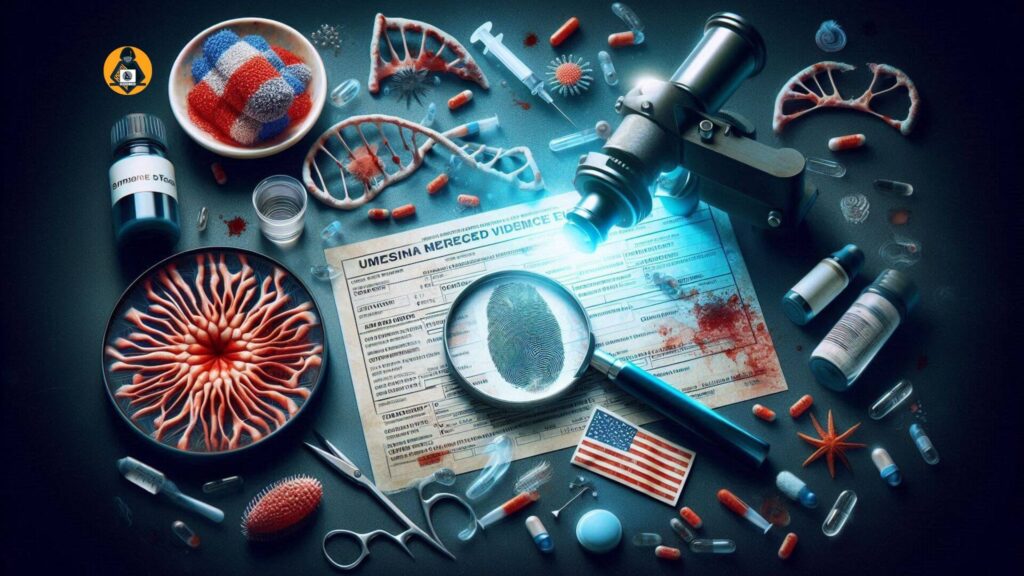Crime scene varies from crime to crime and forensics play a vital role in solving these criminal cases. Biological evidence is one of the most common types of evidence found at crime scenes such as DNA, Blood, Hair, Bodily Fluids, etc. So, here we will explore 5 such cases where biological evidence helped forensic experts convict the criminals.
Biological evidence has become extremely important due to its uniqueness for every individual and can overshadow doubts and give clarity over various questions. DNA and other forensic methods have completely changed the way that crimes are solved in the modern era, from the shadowy depths of unresolved cases to the dramatic reversal of unjust convictions.
In this article, we will get to know about some of the cold cases where offenders were convicted and clear some of the wrongly convicted criminals. These cases demonstrate the significance of biological evidence and its critical role in the pursuit of justice.
5 Major U.S. Cases Cracked with Biological Evidence
1. The Exoneration of the Central Park Five

Five young boys—Korey Wise, Yusef Salaam, Raymond Santana, Anton McCray, and Kevin Richardson—were falsely convicted in 1989 of raping Trisha Meili while she was jogging in Central Park, New York City.
These boys—four African Americans and one Hispanic—were painted as violent offenders in the case, even though there was no tangible proof connecting them to the crime. This created a lot of controversy and media attention.
DNA evidence was key in the five men’s 2002 exoneration. None of the five boys fit the biological evidence that was gathered from the crime scene. Rather, it matched Matias Reyes, a serial rapist and convicted murderer who admitted to the crime. Reyes gave a thorough description of the attack that lined up with the material discovered there.
The Central Park Five’s convictions were overturned as a result of his confession and the DNA match.
2. The Identification of the Golden State Killer

California saw a spike in violent crimes during the 1970s and 1980s, including rapes, murders, and break-ins. The Golden State Killer, an anonymous offender who escaped for decades, was held responsible for these crimes. Over 50 rapes, over 100 burglaries, and at least 13 homicides are attributable to the Golden State Killer.
To solve the case in 2018, investigators employed a cutting-edge method called genetic genealogy. DNA evidence gathered from many crime locations was entered into the GEDmatch public genealogy database. Investigators narrowed down the suspect list by building family trees and locating the perpetrator’s distant relatives. They eventually found former police officer Joseph James DeAngelo through this technique.
When DeAngelo’s trashed objects’ DNA samples were compared to the crime scene’s DNA, a match was found. The use of this evidence was crucial in his arrest and subsequent charges of numerous murders and other offenses.
3. The Exoneration of Kirk Bloodsworth

Former Marine Kirk Bloodsworth was found guilty in 1984 of raping and killing 9-year-old Dawn Hamilton in Maryland. Much of the evidence used in the case against Bloodsworth came from eyewitnesses whose credibility was later called into question. He was given a death sentence, making him one of the few people in the US to be executed for a non-violent offense.
Following years of adamantly maintaining his innocence, Bloodsworth requested DNA testing in 1992 using the evidence gathered from the crime site. The victim’s clothing had semen stains that were examined using DNA testing technology, which was not accessible during his initial trial.
Bloodsworth’s innocence was established by the results, which categorically demonstrated that his DNA did not match the biological evidence.
Kirk Bloodsworth became the first American on death row to be freed due to DNA evidence as a result. His case served as a stark reminder of the possibility of erroneous convictions stemming from faulty evidence and the vital role that DNA testing can play in guaranteeing justice.
4. The Case of the Green River Killer

In the 1980s and 1990s, the Green River Killer—later identified as Gary Ridgway—killed at least 49 women, mostly in the Seattle and Tacoma regions of Washington state. The name came from the fact that the victims were frequently runaways or sex workers and that their bodies were discovered in or close to the Green River.
Many pieces of evidence were gathered, however the case remained unsolved for years. In 2001, forensic experts were able to evaluate evidence from the crime scenes thanks to advancements in DNA technology. Gary Ridgway, who had been a suspect in the case for years but had never been shown to be connected to the crimes, was identified using DNA samples recovered from the victims.
After being shown the DNA evidence, Ridgway admitted to the killings. He further supported his guilt by giving in-depth accounts of the killings and the locations of the bodies of more victims.
5. The Exoneration of Ronald Cotton

Ronald Cotton was falsely convicted in Burlington, North Carolina in 1984 of raping Jennifer Thompson. The eyewitness testimony, which subsequently proved to be false, served as the main foundation for the conviction. Cotton received a sentence of 54 years + life in jail.
Ronald Cotton requested DNA testing on the evidence gathered from the crime site in 1995, more than ten years after his release from jail. Cotton’s DNA was discovered to differ from the biological evidence (semen) on the victim, according to the results of the DNA study. Rather, Bobby Poole, a prisoner who had earlier admitted to the crime, was the match for the DNA.
Cotton was cleared because the DNA evidence unmistakably demonstrated his innocence. This case demonstrated the limitations of eyewitness testimony as well as the ability of DNA evidence to alter the course of criminal proceedings.
Conclusion
The path taken through these key cases illustrates how biological evidence can revolutionize the criminal justice system. DNA and forensic science have not only resolved some of the most difficult and enigmatic riddles but have also brought about significant justice system errors, as evidenced by the startling disclosures of the Green River Killer and the moving exoneration of people like Kirk Bloodsworth and Ronald Cotton.
These instances serve as a stark reminder of the value of thorough forensic inquiry and the significant effects it may have on both the lives of the guilty and the innocent. The ability of biological evidence to preserve the principles of justice and shed light on even the most sinister aspects of criminal activity is becoming more and more promising as technology advances.

